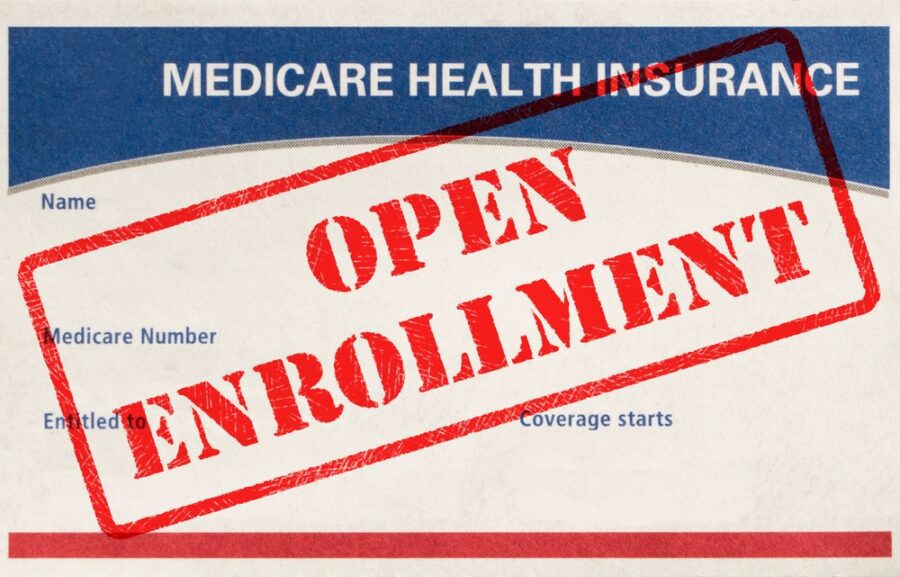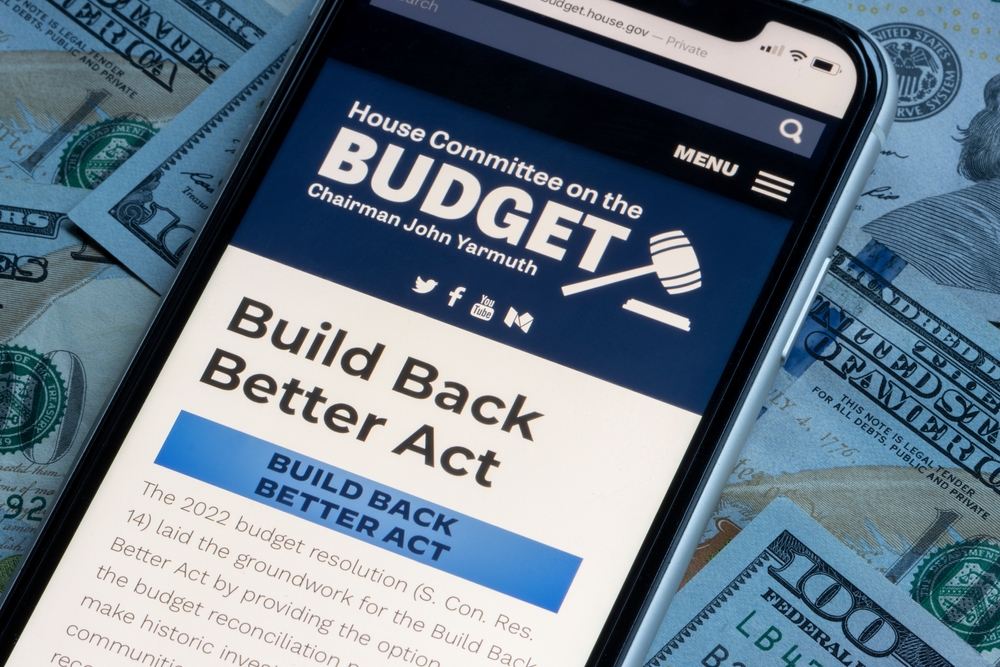Step 1: Mapping Your Expenses – The Foundation of Your Plan
You can’t know how much income you need until you know how much you spend. Many people underestimate their monthly expenses, so taking the time to create an accurate picture is the most important foundation for your entire plan. We’re not talking about a restrictive budget, but rather an honest “spending map.”
The goal is to understand where your money goes. A great way to start is by dividing your costs into two main categories: fixed and variable.
Controlling Your Fixed vs. Variable Costs
Fixed costs are the predictable bills you pay every month. These are the non-negotiables. Think of things like your mortgage or rent, property taxes, insurance premiums (home, auto, health), and any loan payments. These form the baseline of your income needs.
Variable costs, on the other hand, are the expenses that can change from month to month. This category includes groceries, gasoline, utilities, entertainment, dining out, hobbies, and travel. This is where you have the most control. If money gets tight one month, you can often cut back on these discretionary items.
To create your spending map, look at your bank and credit card statements from the last three to six months. Tally up your spending in different categories. Don’t judge yourself; just get the facts down on paper. You might be surprised where your money is actually going.
Don’t Forget the “What-Ifs”: Healthcare and Big Bills
Retirement budgets have unique expenses. Healthcare is a big one. Even with Medicare, you’ll have costs for premiums, deductibles, copays, and services that aren’t covered, like dental and vision. You can find official information about costs at the official Medicare website.
You also need to plan for large, infrequent expenses. The roof will eventually need replacing, the car will break down, and the furnace will give out. It’s wise to set aside money specifically for these home and auto repairs. And finally, think about your long-term goals. Do you want to travel extensively? Help your grandchildren with college? These dreams are part of your plan, too.
Your action step here is to create your spending map. Add up all your fixed and variable costs to get an average monthly spending number. Then, add a buffer—maybe 10% to 15%—for unexpected costs and fun. This final number is your monthly income target. This is the amount your retirement income strategies must generate.









